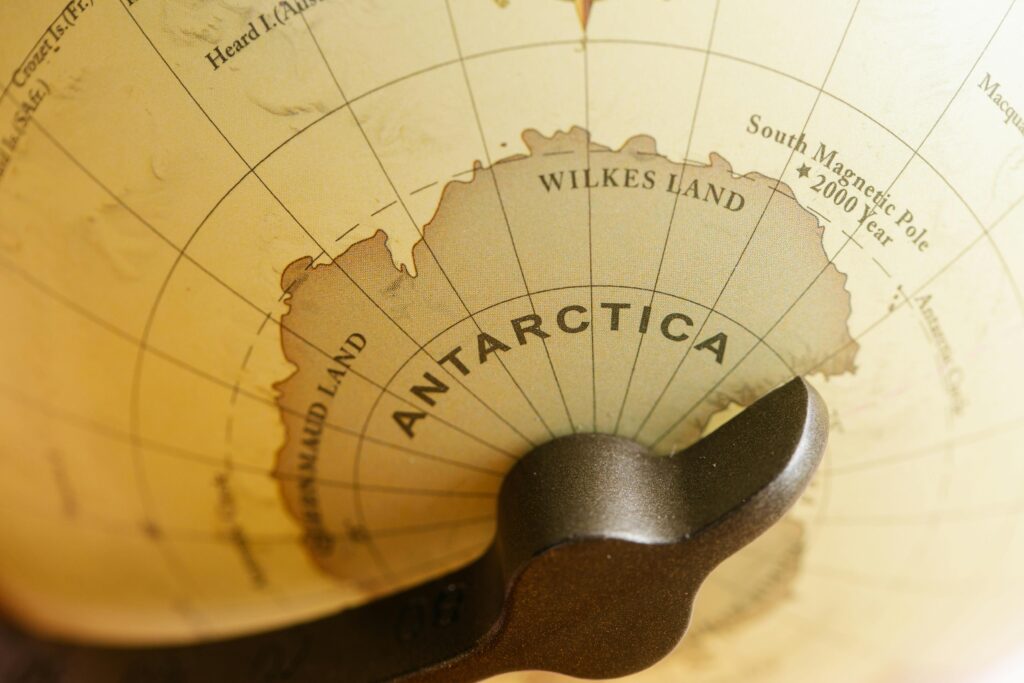|
Getting your Trinity Audio player ready...
|
Whale watching in the Antarctic is an exciting and rare experience. Seeing these magnificent creatures up close, amid the icy landscape, is truly unforgettable. However, the Antarctic’s harsh conditions mean you need to be well prepared.
Packing the right items is essential for a safe, comfortable, and enjoyable trip. To make the most of your adventure, you need the right gear. This guide covers ten important things to pack for your Antarctic whale watching expedition starting from warm clothing, binoculars, and many more items.
Each item will help you face the cold and make your journey memorable. Here are ten essential things to pack for your Antarctic whale watching expedition.
Contents at a Glance
- 1 10 Essential Items to Pack for Whale Watching in the Antarctic
- 1.1 1. Warm and Layered Clothing
- 1.2 2. Waterproof and Windproof Gear
- 1.3 3. Binoculars for Close up Viewing
- 1.4 4. Camera and Accessories for Capturing Moments
- 1.5 5. Sunglasses and Sunscreen for UV Protection
- 1.6 6. Sea sickness Remedies
- 1.7 7. Insulated Water Bottle for Staying Hydrated
- 1.8 8. High Energy Snacks
- 1.9 9. A Sturdy Backpack
- 1.10 10. Environmental Awareness and Respect
- 2 Frequently Asked Questions
- 3 Conclusion – Important Things to Pack When Going For Whale Watching In the Antarctic
10 Essential Items to Pack for Whale Watching in the Antarctic
1. Warm and Layered Clothing

Antarctica is extremely cold, and staying warm is very important. The best way to keep warm is by dressing in layers. You can start with a base layer made of moisture wicking material.
This layer will keep sweat away from your skin, keeping you dry. Next, add an insulating layer, such as a fleece or down jacket. This layer traps heat and keeps you warm.
Finally, wear a waterproof and windproof outer layer to protect against rain, snow, and wind. Don’t forget thermal socks, gloves, and a hat that covers your ears. These items are essential to protect against the biting cold and harsh winds of the Antarctic.
2. Waterproof and Windproof Gear
Antarctic weather is unpredictable, with sudden rain and ocean spray being common. Staying dry is important to avoid becoming cold and uncomfortable.
A high quality waterproof jacket and pants are part of what you must have. There should also be windproof to protect against strong Antarctic winds.
Waterproof gloves and boots are essential to keep your hands and feet dry and warm. Consider packing a dry bag to keep your belongings safe from moisture. A dry bag is especially useful for protecting electronics like cameras and phones from water damage.
3. Binoculars for Close up Viewing

Whale watching often involves spotting whales from a distance before they come closer. Binoculars are invaluable for getting a clear view of these majestic animals.
Choose binoculars with at least 7x magnification and a wide field of view. This allows you to see the whales clearly even from far away.
Opt for binoculars that are waterproof and fog proof to withstand the Antarctic conditions. With the right binoculars, you can enjoy watching the whales and their behaviors in great detail.
4. Camera and Accessories for Capturing Moments

Photographing whales in their natural habitat is a highlight of the trip. A good camera with a powerful zoom lens helps you capture stunning images from a distance. You can bring extra batteries and memory cards, as the cold can quickly drain battery life.
It’s also wise to have a waterproof case or cover for your camera to protect it from moisture. A tripod or monopod can be useful for steadying your camera, especially on a moving boat. These accessories ensure you can capture high quality photos and videos of your Antarctic adventure.
5. Sunglasses and Sunscreen for UV Protection
Even in cold climates, the sun’s rays can be strong, especially with reflection off the ice and snow. Sunglasses with UV protection are essential to shield your eyes from the intense glare. Polarized lenses are particularly helpful as they reduce glare and improve visibility.
Despite the cold, sunscreen is necessary to prevent sunburn. Choose a high SPF, broad spectrum sunscreen and apply it to all exposed skin. These items will protect you from the sun’s harmful effects while you enjoy your whale watching experience.
You may also like: Things To Do In Greenwich Island
6. Sea sickness Remedies
The Southern Ocean is known for its rough waters, and seasickness is common. To ensure you enjoy your trip, pack seasickness medication or patches. These can prevent nausea and dizziness, allowing you to focus on the incredible sights around you.
Even if you don’t usually get seasick, it’s better to be prepared. Natural remedies, like ginger candies or acupressure wristbands, can also help alleviate symptoms. Being prepared for seasickness ensures you can fully enjoy your whale watching adventure.
7. Insulated Water Bottle for Staying Hydrated

Hydration is important, even in cold weather. An insulated water bottle keeps your drinks warm for hours, providing comfort in the chilly Antarctic environment. Hot beverages like tea or cocoa are especially soothing and help maintain body heat.
You should avoid using plastic bottles as they can become brittle and crack in freezing temperatures. A reliable insulated water bottle ensures you stay hydrated and warm throughout your trip.
8. High Energy Snacks
Whale watching trips can be long, and you might not have access to food on the boat. Packing high energy snacks keeps you fueled and alert. Choose snacks that provide sustained energy, like nuts, granola bars, and dried fruit.
These snacks won’t freeze solid in the cold and are easy to carry. Having snacks on hand ensures you stay energized and can focus on the scenery and wildlife.
9. A Sturdy Backpack

A durable backpack is essential for carrying all your gear. Look for a backpack with multiple compartments to organize your items and waterproof features to protect them from moisture. It should be comfortable to wear for extended periods and have enough space for all your essentials.
A good backpack helps you keep everything you need close at hand and protected from the elements.
10. Environmental Awareness and Respect

The Antarctic is a fragile and pristine environment that requires careful respect. Make sure to pack reusable items and avoid single use plastics to minimize your environmental impact. Follow all guidelines provided by your tour operators and respect the wildlife.
Keep a safe distance from whales and other animals to avoid disturbing them. Remember, the goal is to observe and appreciate the natural beauty without causing harm. Being mindful of your environmental impact ensures that the Antarctic remains a pristine and protected area for future generations.
Frequently Asked Questions
What are the basic equipment to carry when going to Antarctica?
Goggles, ice brush, hand wash gel, GPS, etc.
What activity is not permitted in Antarctica?
The protocol for visiting Antarctica prohibits any form of commercial mining.
What is the official document needed to visit Antarctica?
To visit the white continent, you’ll need a valid passport. This is particularly, important because of the countries you’ll be passing through to reach Antarctica.
What is the currency in Antarctica?
Antarctica dollar also known as Emp (or buck) in honor of the Emperor Penguins who referred to the Antarctica as home. However, this currency is not regarded as legal tender.
Conclusion – Important Things to Pack When Going For Whale Watching In the Antarctic
Whale watching in the Antarctic is an incredible experience, but it requires careful preparation. Packing the right gear helps you stay warm, dry, and comfortable, allowing you to fully enjoy the adventure.
Each item plays a crucial role starting from layered clothing to protect against the cold to the binoculars which will be used for viewing whales up close.
By being well prepared and environmentally conscious, you can have a safe, enjoyable, and memorable whale watching trip in the stunning Antarctic wilderness.




